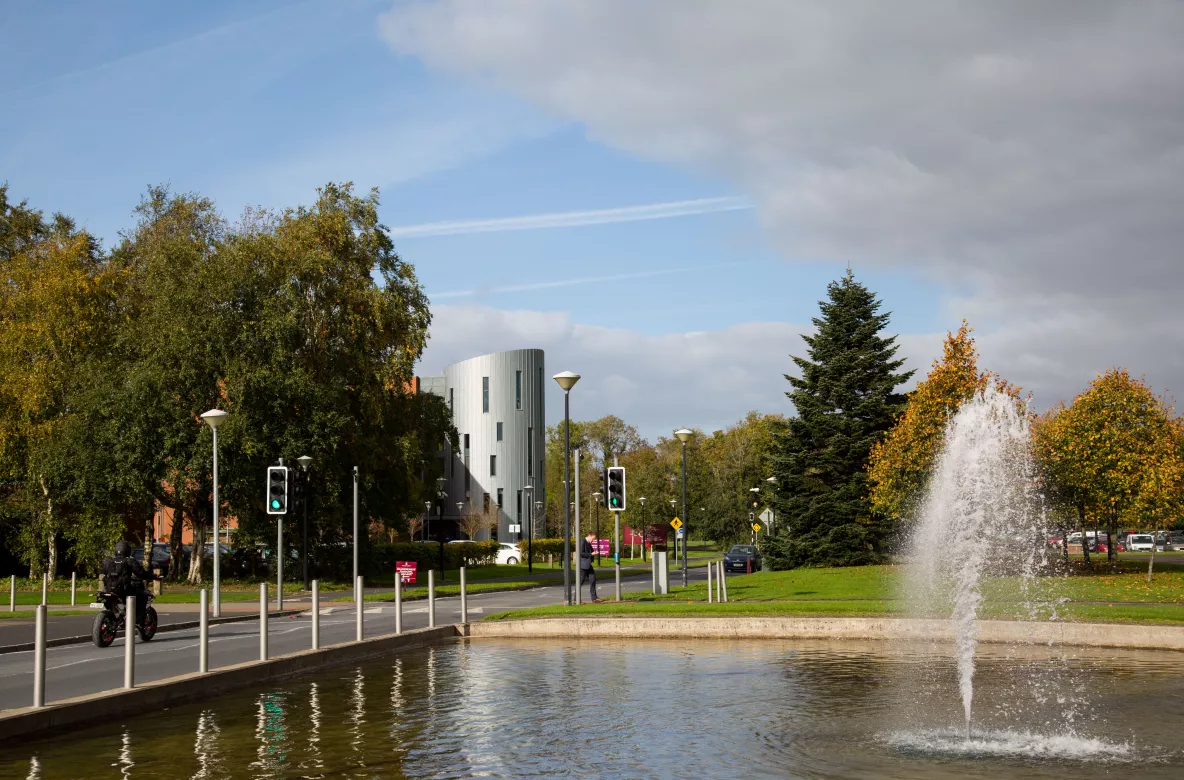

Síle de Cléir, travelled to Riga, Latvia, in June for the 2024 Congress of the International Society for Folk Narrative Research. Síle presented her paper on Tuesday, 18 June, in one of the series of ‘Oral vs Online’ sessions. Her paper was entitled: Saints and Wonders: Narratives of Virtuous Women in Oral, Print and Digital Formats.
Her paper centred on narratives of the virtuous woman, firstly in the wonder tale, with ATU712 one of the best examples. In Ireland, seventeen versions of this story were collected from storytellers in Ireland in the early twentieth century. The protagonist’s beauty, her experiences of sexual pressure and abuse, her acquisition of healing powers and her ability to forgive are common themes in Irish versions of the story. The difficulties associated with beauty can also be found in the lives of the saints, with narratives from twentieth-century popular religious booklets containing accounts of pressure from suitors for marriage or sexual involvement, and the female saints’ strategies for coping with this. Narratives like these can now be seen in digital format on religious websites, with a large number of stories available to read, along with illustrations and advertisements for associated merchandise. While wonder tales and saintlore are different narrative genres, they sometimes present strikingly similar themes, and it is useful to compare them in this regard.
This paper examined how threads of chastity, purity and bodily integrity run through many of these stories, despite their presentation in completely different contexts. The paths through which female virtue is sustained vary somewhat, with family and motherhood central to the traditional stories. Saints’ experiences are dealt with differently, with suffering, bodily mutilation and death serving as an alternative inspiration for story audiences. This paper explored how different genres, formats, and cultural contexts inform how the themes of chastity and beauty are presented and expanded upon through the various formats in which stories like this appear: from nineteenth-century Irish storytelling to booklets in twentieth-century schools and churches to the religious websites of the twenty-first century.
Síle also chaired another session on Wednesday 19th June, involving five presentations from scholars on Oral vs. Online folklore. Síle’s reflection on the conference: Going to Riga to an international gathering of folklore scholars was a very useful exercise for me as a scholar and teacher of Irish folklore. I was one of only two delegates from Irish universities to this conference. The other was the Director of the National Folklore Collection, UCD, Dr Tiber Falzett. Given Ireland’s central place in international folklore studies throughout the twentieth and early twenty-first century, it is really important that our discipline, as it is studied in Ireland, is represented on the international stage. The theme of the conference, Folk Narratives in the Changing World, is crucial to our subject, given both the digitisation of older material that is ongoing (especially that of the National Folklore Collection) and the growth of newer types of folklore and narrative in the online world.
"Presenting my paper has helped me to identify two, possibly three, research outcomes from this work. Reflection on my presentation has made me realise that these topics might be better treated separately, as follows: • An article in Irish (aimed at the journals Béaloideas or Béascna) on the Kerry versions (and one Connemara version) of the ATU712 narrative. • An article on the relative experiences of Irish and Italian female saints in traditional saintlore – written in English and aimed at an international journal of folk studies such as Folklore. • An article on female saints online and the personal narratives associated with them. This would also be written in English and aimed at an international journal such as Narrative Culture."
Email: ahss@ul.ie
Phone: +353-61-202700
Postal Address: AHSS Faculty Office, University of Limerick, Limerick, Ireland.